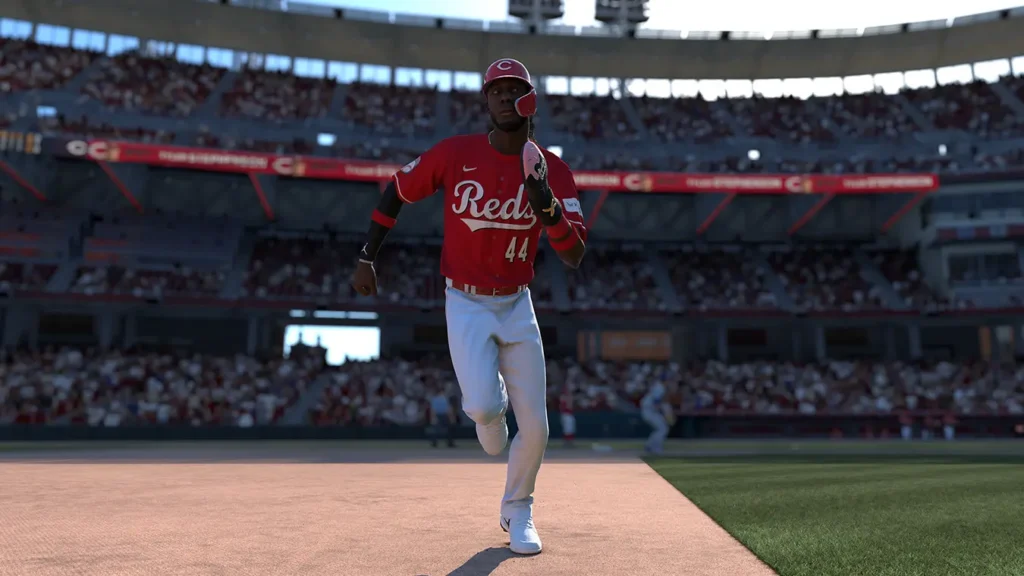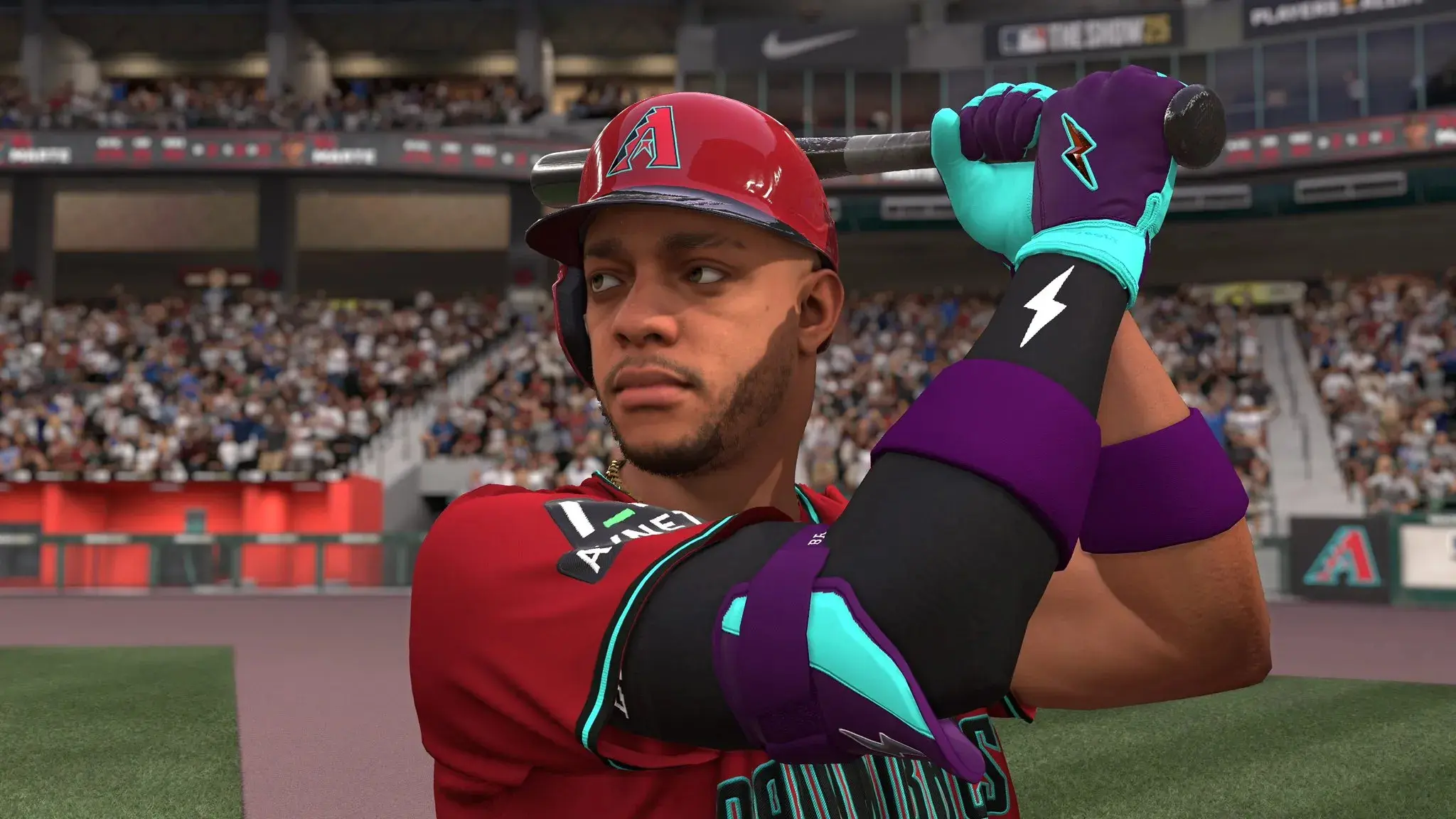Maintaining an annual sports title like MLB The Show is no small task. Each release must juggle new features, address lingering issues, and deliver a compelling experience that warrants the upgrade from the previous year. MLB The Show 25 manages to accomplish that with confidence, especially through substantial updates to Road to the Show and Diamond Dynasty.
While the core mechanics of baseball remain largely consistent, a number of minor enhancements improve the gameplay experience. Mechanics like two-way players, shift rule tweaks, and the pitch clock are now seamlessly integrated. A few new quick-time events appear when controlling a single athlete, with one standout being the swim move—used to slip past tags while stealing bases. Although it initially raised concerns about balance, the feature appears rarely enough to feel like a pleasant surprise rather than an exploit.

Infielder reactions have also received attention. Players now display a range of first-step responses that affect how quickly they reach the ball. While this introduces more frequent defensive miscues among low-rated fielders, it also places greater value on elite defenders, particularly in modes like Franchise.
Another layer of strategy has been added through ambush hitting, which lets batters favor inside or outside pitches. Although it’s a sound concept, neutral positioning often proves more effective in practice. That said, the batting system still feels excellent overall. However, there seems to be an imbalance with perfect contact—producing frequent hard-hit outs or simple singles rather than the satisfying payoff one might expect. Hopefully, this will be rebalanced in future updates.
Enhancements in Franchise Mode
Franchise mode stays close to last year’s blueprint but continues to provide a rewarding experience. One standout feature remains the custom game entry, allowing users to simulate until high-stakes situations arise before jumping in. This keeps gameplay tight and impactful.
A notable change this year comes in how free agent contracts are managed. Rather than pursuing a wide field of players, users now prioritize a select few, gaining their interest over time. This streamlines the recruitment process and adds a strategic element—forcing players to weigh the pros and cons of chasing stars versus building a deeper roster.
Consistent Strengths with Minor Tweaks
Ultimately, MLB The Show 25 builds on solid foundations rather than reinventing itself. Franchise and March to October benefit from added polish, like enhanced player comparison screens. A new G.O.A.T. difficulty setting has been introduced, offering incredibly fast pitching and tighter Plate Coverage Indicators. Though it may be too intense for some, those seeking a high-level challenge will likely embrace it.
Road to the Show Gets a Boost
Road to the Show undergoes one of its most significant transformations in recent memory. Instead of starting at the pre-draft combine, players now begin their journey in high school. These brief but entertaining sequences challenge players to impress scouts and compete for a championship title during their senior year. A standout athlete—such as a two-way standout like Pinky Rogers—can attract the attention of both professional teams and college programs, thanks to another new addition.
This creates a meaningful decision point: begin the pro journey immediately or take the collegiate route and emerge as a more polished, draft-ready player. Taking the college path offers real advantages, including higher initial stats and a faster climb through the minor league system. The inclusion of eight authentic college teams, along with their uniforms and metal bat sound effects, adds impressive immersion.

A Shift in Player Progression
Another fundamental change comes in how athletes are developed. The previous “use it to improve it” structure—akin to what one might find in an RPG—has been replaced with a token-based upgrade system. Every positive play or training session now builds up general progress, and tokens can be assigned to specific attributes.
This streamlined progression makes it hard to stop playing. While some longer training minigames, such as the Inter-Squad match, feel less rewarding than quicker drills, the shift makes for a more engaging experience overall. It’s easier to see meaningful growth and stay hooked for extended sessions.
Revisiting the Negro Leagues
The Negro Leagues storyline continues into its third season and remains a standout feature in the world of sports gaming. Combining documentary-style segments about legends like “Cool Papa” Bell and Caleb “Turkey” Stearns with playable moments, this mode excels at blending history with gameplay. Narration from Bob Kendrick, president of the Negro Leagues Baseball Museum, continues to provide emotional depth and context.
That said, the mode remains unchanged mechanically from previous years. While the historical content remains excellent, the gameplay tasks often feel repetitive—focusing primarily on simple objectives like collecting hits or strikeouts. Previous entries have shown the potential for unique mechanics, such as the unforgettable moment where all fielders sat down while playing as Satchel Paige. Unfortunately, innovations like that are rare this time around, which limits the overall impact.
Lack of a Singular Player-Centric Storyline
One notable omission this year is the absence of a deep-dive storyline centered around a modern baseball icon. Last year’s focus on Derek Jeter may not have been flawless, but it pointed toward an exciting future for the Storylines format with branching narratives and meaningful rewards. MLB The Show 25 doesn’t expand on that foundation, leaving behind an opportunity to elevate the storytelling even further.
Diamond Dynasty Evolves
Diamond Dynasty, the card-collecting live service mode, has received two major updates that improve the overall experience. Most importantly, the Sets and Seasons model—where cards would eventually expire—is gone. Players can now invest time into grinding for high-level athletes, such as a top-tier Roger Clemens, without the looming threat of them becoming unusable. This change significantly increases the value of long-term progress and team-building.
Additionally, a new solo mode called Diamond Quest introduces a fresh approach. Drawing inspiration from roguelites and board games, this mode has players rolling dice and progressing across a game board filled with hidden challenges and rewards. The goal is to reach a stadium and win a three-inning game. Victory unlocks all accumulated prizes, with a shot at rare cards depending on the difficulty selected.
Replayability is strong, as each run is different. The freedom to choose difficulty levels before final challenges adds strategic depth—offering either a safer route or a high-risk, high-reward experience. The result is a fun and flexible alternative to more traditional Diamond Dynasty content.
Final Thoughts
MLB The Show 25 proves once again why it sits among the best sports franchises available. Road to the Show has received much-needed revitalization through both the new amateur storyline and the redesigned player upgrade system. Diamond Dynasty’s long-awaited removal of card expiration is a massive win, making the mode more rewarding and enjoyable.
Though the Storylines feature could have used more innovation and the lack of a new player-centric narrative is disappointing, the return of the Negro Leagues still carries meaningful historical weight. Meanwhile, on-field improvements—from defensive animations to the inclusion of swim move QTEs—add polish to the gameplay itself. MLB The Show 25 justifies its place in the yearly lineup, offering enough compelling upgrades to feel like a step forward rather than a retread.
